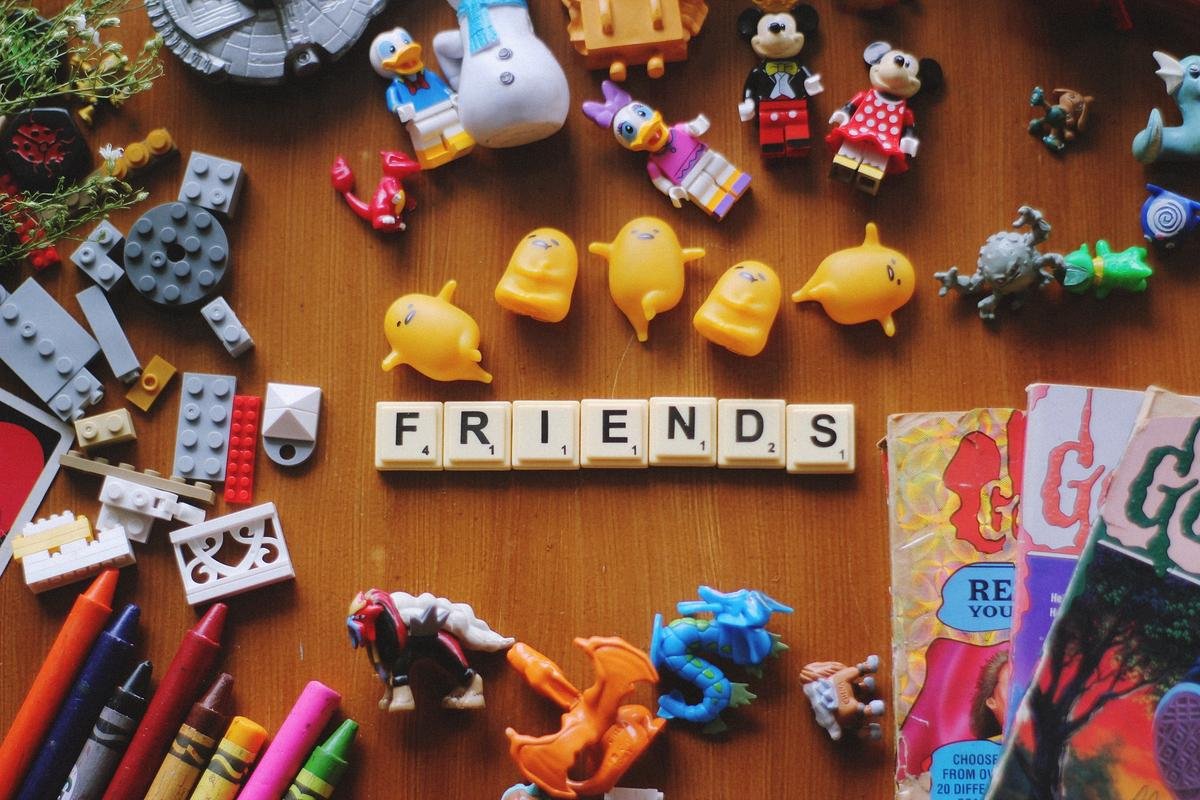
Conceptualizing the world from an autistic child’s perspective can often be complex and occasionally elusive. Yet, one common behavior that many autistic children manifest is toy hoarding. Combining elements of comfort, familiarity, and a need for control, toys often become the harbor in which these children find solace. However, when this toy accumulation crosses the line into hoarding, it signals a deep-seated issue that needs understanding and, when possible, intervention. This article explores the intricate dynamic between autism and toy hoarding, aiming to enlighten readers on this behavior, its impacts, and effective strategies for managing it.
Understanding Autism and Toy Hoarding
Understanding Toy Hoarders: The Case in Autistic Children
Raising a child is one of life’s most challenging yet incredibly rewarding experiences. But when it comes to parenting an autistic child, it indeed becomes a path filled with unique complexities and equally gratifying victories. One such unique characteristic that might pop up is toy hoarding. This hoarding can sometimes create stressful situations in family life, but by understanding the root causes, parents can help their children navigate through it.
The “why” of toy hoarding in autistic children often lies in their need for routine, predictability, and sense of order. These children are strong visual learners and tend to gravitate towards tangible, physical objects like toys. Often a firm category of toys forms their comfort zone, and they associate it with constancy and security.
Let’s dive deeper into the underlying facts!
- Rigid Interests: Autistic children usually form intense interests in specific categories of toys, and they might insist on collecting every item related to that particular category. Whether it’s toy cars, dolls, or plush animals, the fervor to gather them all stems from their inflexible interest areas.
- Sensory Input: Many autistic children are hyperresponsive to sensory input and may hoard toys to meet their sensory needs. Squeaky rubber ducks, fidget spinners, or textured balls offer different types of physical stimulation, making them highly appealing.
- Attachment & Comfort: Some children with autism form deep attachments to toys, finding comfort and stability with them. They may perceive their toys as companions during periods of stress, and hence hoard them as a source of comfort.
- Fear of Losing Control: Autistic children like to maintain control over their environment. Hoarding toys prevents them from getting lost or taken away, helping them feel more in control.
- Cognitive Abilities: The child’s cognitive abilities can also play a significant role. Autistic children with lower cognitive functioning are more likely to engage in hoarding behavior, as it provides a soothing and predictable activity.
Understanding these root causes can help guide parents in managing this behavior. Here are some practical tips:
- Create a Toy Rotation System: Instead of granting unrestricted access to all the toys all the time, adopt a rotation system. This way, the child still gets to play with all the toys without overwhelming the house.
- Sensory Toys: Replace the hoard with sensory toys that cater to their need for sensory input, this could help reduce the urge to hoard multiple toys.
- Boundaries and Limits: Set boundaries for the number of toys. Use positive reinforcement to encourage adhering to the set limits.
- Emotional Support: Above all, ensure the child feels emotionally supported and secure to lessen their reliance on toys for comfort.
Raising an autistic child provides a parent with different sets of challenges, and toy hoarding is one such challenge. It’s essential to focus on understanding rather than discouraging these behaviors. After all, every parent’s journey is unique. By understanding the roots of this issue, we can create a supportive and nurturing environment for these extraordinary children. Remember, we’re nurturing souls, not just managing behaviors.
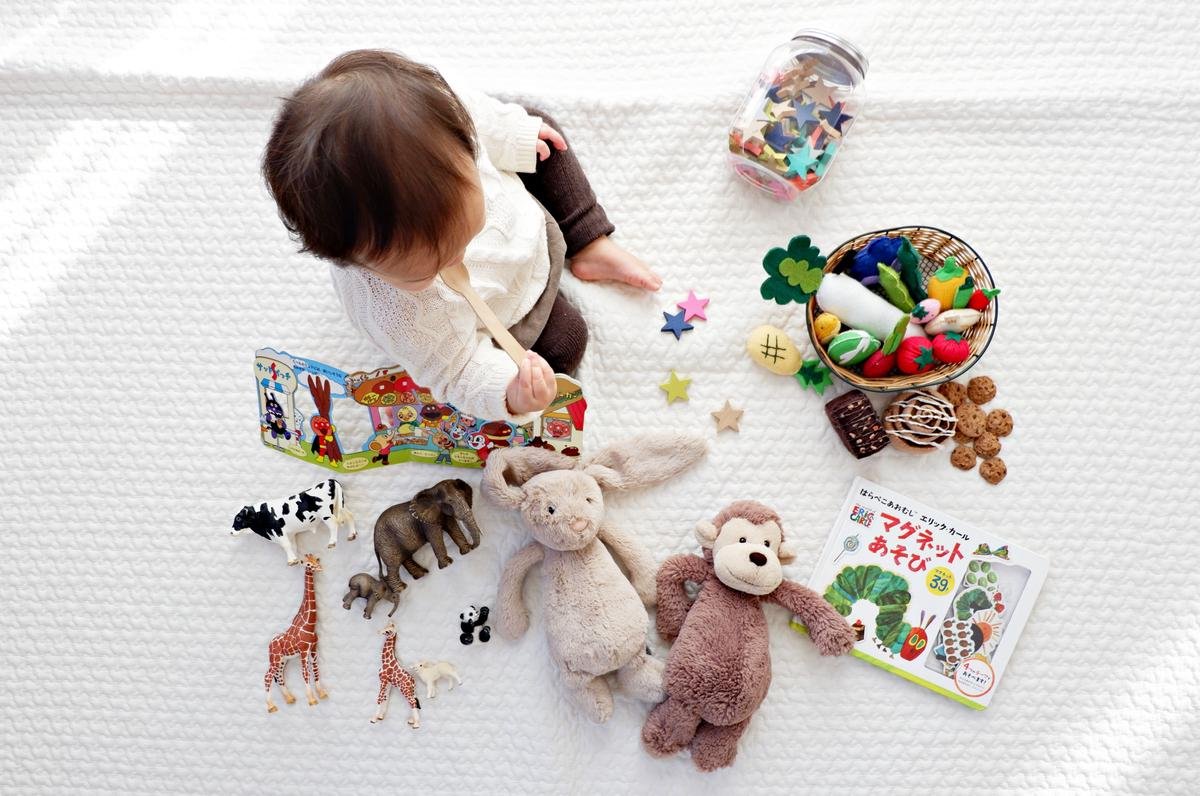
Photo by itshoobastank on Unsplash
Recognizing Toy Hoarding Behavior in Your Child
Understanding Toy Hoarding in Autistic Children: Recognizing the Signs and Devising Solutions
Many parents might feel familiar with the sight of their child’s room filled to the brim with toys. Often mistaken as a cluttered, chaotic mess, for some children, particularly autistic children, it may be a sign of toy hoarding. To best navigate this potential challenge, knowledge of the symptoms, triggers, and strategies to manage toy hoarding can empower parents to create a healthier and happier home environment.
Understanding the behavior of autism and how it manifests in the form of toy hoarding is vital. It isn’t uncommon if their rooms look like tiny toy stores, with neatly arranged rows and piles of toys. This can primarily be identified as having unusual behavior like the inability to part with a large number of toys, obsessive acquisition of toys, even those they might not need or play with, and distress associated with discarding toys.
Autistic children’s toy hoarding could also be linked to the desire for order and predictability, a common trait in individuals with autism. This sometimes results in the manifestation of “collections” or piles of toys and other items that the child finds interest or comfort in.
Communication barriers may also contribute to toy hoarding in autistic children. If your child has a hard time expressing their needs and wants verbally, they might use toys as a form of communication tool. A sudden increase in the accumulation and unwillingness to part with their toys could signal a deeper unvoiced concern.
Autistic children may display heightened levels of anxiety compared to neurotypical children. Fear and anxiety, like losing their favorite toy or changing their routine, could lead to hoarding behaviors and reluctance to letting go of even the most insignificant toys.
Intervening and addressing the signs of toy hoarding at the right time is crucial for the well-being of your child. While it’s essential to create an organized living area, forcing them to part with their toys might increase their anxiety levels. Instead, adopting a systematic approach like designating playtime for each toy or rotating their toys can help regulate the number of accumulated toys.
Don’t be too quick to label your child’s behavior as hoarding. It takes patience, understanding, and a little detective work. In fact, all children have a natural propensity to hoard. Acknowledge that your child’s attachment to toys is much more profound than mere materialistic possession.
It is important to provide a compassionate and flexible approach when dealing with an autistic child and their toy hoarding tendencies. Communicate openly about their feelings towards their toys and reassure them of your continuous support and understanding. Children with autism are unique in their ways, and as you navigate this journey with them, remember that kindness, patience, and empathy are your most powerful tools.
So, take a step back, breathe a sigh of relief, and give yourself a warm pat on the back because it’s not an untidy room, but a clear sign that your child is expressing themselves the best way they know how to. And as a parent, that’s all you can ever hope for.
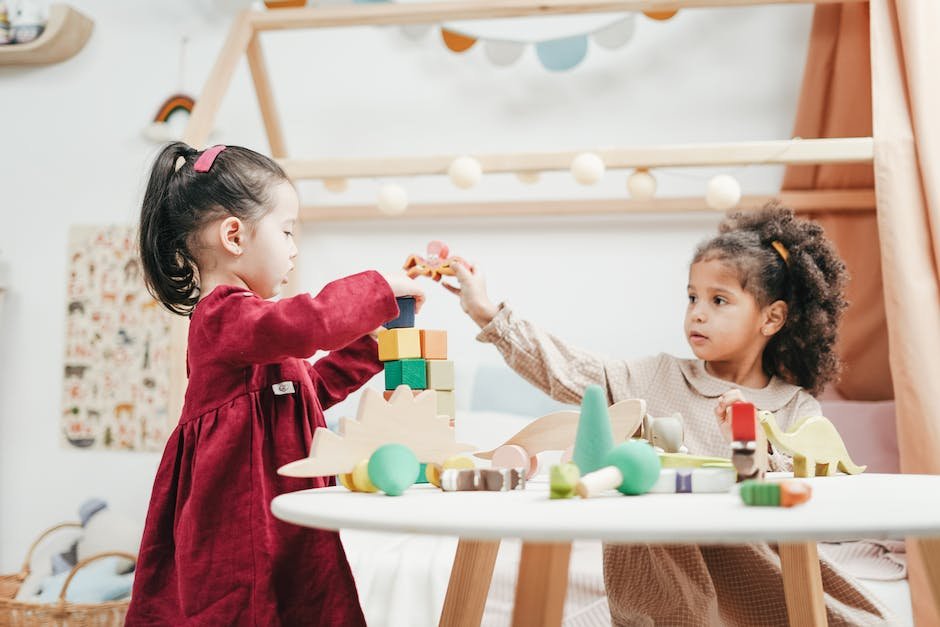
Drawing the Line Between Collecting and Hoarding
Understanding the Difference Between a Healthy Collection and Unhealthy Hoarding
Every parent has experienced the sight of their child’s toy collection growing over the years. Nonetheless, it’s essential to distinguish between a healthy collection and a potential problem. Especially when we factor in special needs like autism, the distinction becomes a little blurrier. However, recognizing a few key elements can go a long way in ensuring our children’s well-being.
When looking at your child’s cache of toys, one crucial factor to consider is the reasons behind their collection or ‘hoarding’. This might involve our child’s social interactions; we notice that children learning skills such as sharing and cooperation often use toys as their tools. However, when toys are hoarded to the point of hindering interaction with peers, it’s a telltale sign of unhealthy hoarding.
In a similar vein, look at how our children treat their toys when they’re not playing with them. Is everything strewn chaotically across rooms, or is our child meticulously organizing toys according to some personal system? Whereas the latter can be part of a healthy collection, the former might suggest a less healthy relationship with their toys.
Furthermore, keeping an eye on the consequences of this behavior is essential. One of the hallmarks of unhealthy hoarding is significant distress—a worry noticeable in missed school days, deteriorating academic performance, or a waning interest in other pastimes.
Most importantly, remember that as parents, our attentiveness and understanding can make all the difference. If we start to notice troubling signs, seeking professional advice might be in order. While some instances of intense toy collection might just be a phase, others might be signifiers of underlying issues.
In working towards differentiating between healthy collecting and unhealthy hoarding, parents need to be observant of their child’s behavior and reactions towards their toys. Rabid protection, fixation, and obsession are symptoms that should not be ignored. The key to successful intervention is understanding and respecting each child’s pacing. Forcing them to give up their collection can lead to trauma and a deeper hoarding habit.
Whether a child has a healthy passion for their toy collection or needs support to understand and overcome their hoarding tendencies, the role of parents is crucial. With empathy, patience, and understanding, we can aid our children in developing healthy habits that contribute to their overall well-being. Remember, in the landscape of parenting, there’s no one-size-fits-all guide – every child’s mounds of toys come with unique stories of attachment, coping mechanisms, and sources of joy. Let’s honor those stories even as we work towards creating balanced environments for our cherished little ones.
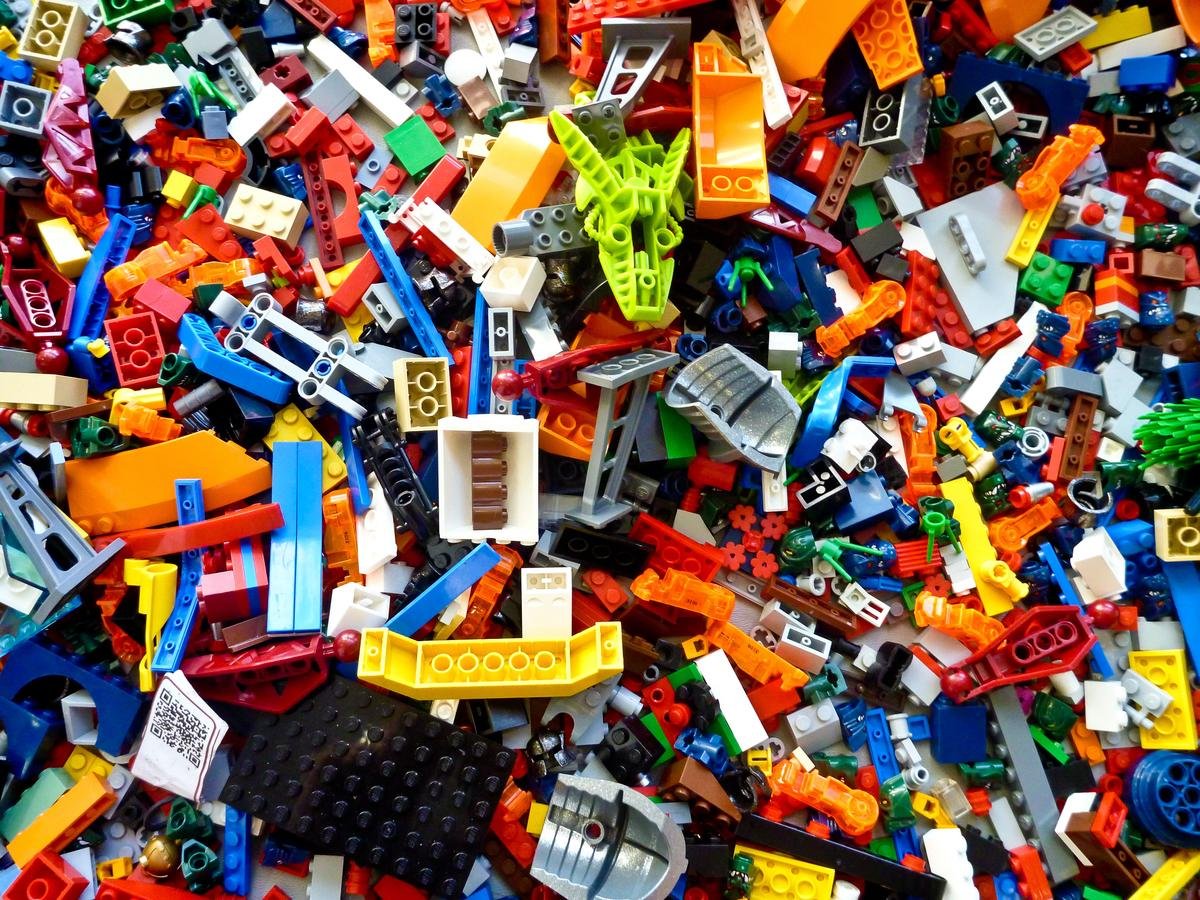
Strategies to Curb Toy Hoarding
Communication and Consistency: Toy Hoarding Strategies for Autistic Children
There’s great joy in watching children engage with their toys. These miniature worlds can provide immense entertainment while helping to develop their cognitive, social, and emotional skills. Nevertheless, when the accumulation of playthings moves from “collection” to “hoarding,” it can pose unique challenges, especially for autistic children. To navigate this terrain, let’s delve into effective strategies tailored to aid in reducing toy hoarding behavior.
Patience is Paramount
Firstly, let’s remember that patience is paramount. Attempting to hurriedly declutter and dispose of a child’s toys can lead to a power struggle or tantrum. Instead, involve the child in the process in a slow, steady manner. Discuss the chosen day for sorting through toys, focusing on the positives rather than seeing it as a negative task.
Visual Schedules and Countdown Timers
Visual aids such as schedules or countdown timers can be useful for helping autistic children to understand and prepare for changes in their environment. Indicate the time allocated for playing with toys, and when it’s time to tidy up. This approach can contribute to a structured daily routine that provides comfort to children.
Bridging the Emotional Gap
Toys serve as more than mere playthings for autistic children; they’re friends and comfort. When trying to reduce toy hoarding, it’s vital to address the emotional aspect. By understanding the significance each toy holds, you’re better able to explain the necessity of parting with some. Storytelling can be an excellent way of broaching this sensitive issue, using narrative to address emotions, change and letting go.
The “One Out, One In” Rule
Implementing a “One Out, One In” rule can be significantly helpful. If a new toy is brought into the house, an old toy must be donated or discarded. This strategy not only limits the hoarding of toys but also teaches children about sharing and the value of giving.
Photographic Records
In this digital age, creating a photographic record of each toy helps children say farewell to their possessions without experiencing the perceived “loss.” Using a technique known as “gradual distancing,” children can witness their toys in photographs before eventually letting them go in reality.
Play Dates
Regular play dates are a fantastic strategy for tackling toy hoarding. They help autistic children see other kids enjoying their toys, promoting empathy and the pleasure of sharing. It’s also an opportunity to introduce them to new games and hobbies, shifting the focus away from material possessions.
Curtailing Toy Acquisitions
Reducing hoarding is also about curtailing new acquisitions. Keep gift-giving modest on special occasions and allow the child to play with one or two new toys at a time. This moderation helps avert being inundated with new toys all at once.
In Conclusion
Managing toy hoarding in autistic children requires a nuanced understanding of their emotional connections and an empathetic approach. Each child has their unique bond with their toys, and respecting this connection is pivotal to successfully reduce toy hoarding. Remember, progress might be slow, but it is about forming healthy habits and promoting overall well-being, one small step at a time.

Emotional and Environmental Repercussions of Toy Hoarding
As we continue to explore the issue of toy hoarding, it is vital to understand the potential emotional and environmental impacts on the child and the family as a whole. Apart from indulging in the sensory pleasure, diversion, and personal attachment, repeated and excessive accumulations can start becoming problematic.
On an emotional level, toy hoarding can nurture isolation, frustration, guilt, and anxiety both in children and their caregivers. Though it appears like hoarding could bring contentment and security, the direct opposite can occur when children are unable to properly care for or manage their load of toys. This could potentially escalate into feelings of being overwhelmed and may even impact the child’s capacity to handle everyday tasks.
- Moreover, it cannot go unstated that the theme of toy hoarding can also cast a psychological shadow on familial relations. The mounting frustration often forces parents to resort to sanctions or arguments. The constant tension between parents trying to minimize the clutter and children attempting to preserve their collection can cause rifts in the home environment, catapulting it into a recurring battle zone.
From an environmental perspective, overflowing toys can clutter spaces and disrupt home organization. In the direst instances, the excess can spill over into pathways and living areas, posing potential trip-and-fall hazards. Also, keep in mind the cost factor. Instead of investing in experiences or saving for future necessities, significant amounts of money could be continuously channeled into expanding a toy collection.
Furthermore, considerations about sustainability and environmental conservation need to be addressed. Toy manufacturing commonly involves plastic and other materials that are harmful to the environment. By limiting the number of toys, it helps prevent unwanted waste and contributes to a more eco-friendly household.
When it comes to mitigating toy hoarding, it’s about striking the right balance – the balance between encouraging a child’s cherished hobby and ensuring it doesn’t grow into an unhealthy obsession. Encouraging your child to donate gently used toys to children in need can foster a sense of empathy and generosity, and establish good habits early on.
Promoting alternative activities and hobbies to channel the child’s energy into diverse interests can alleviate attachment to toys. Gardening, baking, or painting could be just a few fun hobbies to kickstart this process. Introducing these alternatives can subtly shift focus without dismantling the toy collection entirely.
In the face of toy hoarding, remember that resilience is just as crucial as the efforts to curb it. Never forget that it’s not about enforcing power but to support your child, even when the path may appear challenging. In the grand scheme, it’s not about the toys. It’s about the child who adorns them with a world of stories and emotions. Let’s ensure that the vibrant chapters of childhood aren’t eclipsed by the piling heaps of toys. It’s not just about nurturing their world; it’s about enriching it.
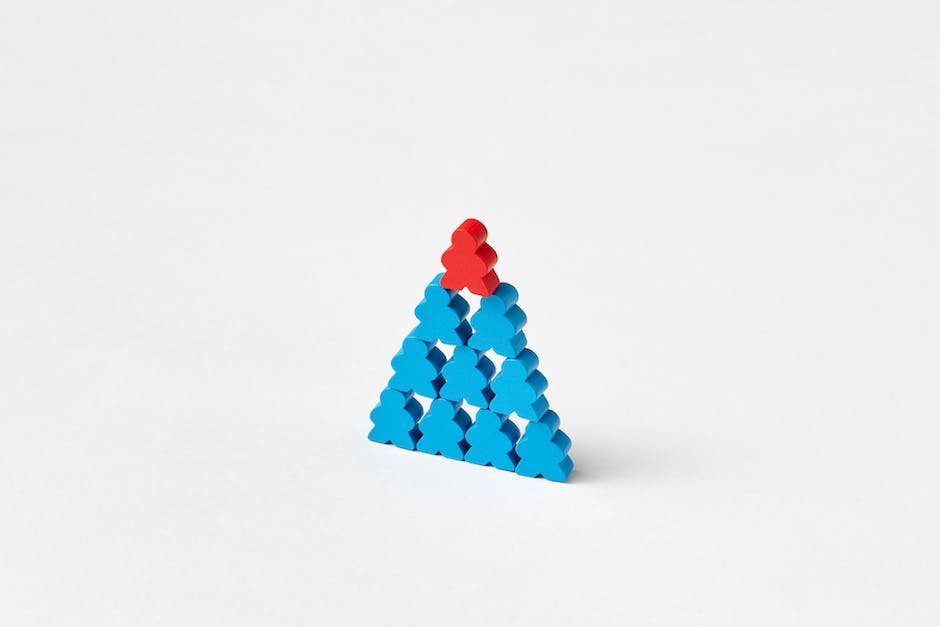
Supporting Your Child Through the Process
A Guiding Hand Through Toy Hoarding: The Role of Parents
Children form special and unique attachments with their toys – sometimes, these bonds may contribute to toy hoarding. Often, it’s essential to address toy hoarding to enrich the child’s holistic development and promote a more conducive family environment.
One significant impact of toy hoarding is the emotional strain it can place on both children and caregivers. This pile-up of toys can cause stress and create an untidy and chaotic environment which can disrupt a child’s focus and a parent’s peace of mind. Parents, being a child’s first line of support, should establish a nurturing environment to minimize this impact.
Furthermore, from a practical perspective, toy hoarding can also have safety implications. Too many toys scattered everywhere can pose trip hazards and make rooms hard to navigate. To avoid these potential accidents, parents should guide their child in managing their collection without making the child feel like their feelings towards the toys are invalidated.
Moreover, unchecked toy hoarding can lead to financial stress. When a child demands new toys regularly, it could put a strain on a family’s budget. It’s essential for parents to foster an understanding around the value of money and negotiable limits.
A less spoken about concern is the environmental impact of excessive toy accumulation. Every plastic figurine that becomes part of a child’s hoard contributes to global plastic pollution. Parents can use this concern as a teachable moment, introducing the concepts of sustainability and environmental conservation.
In this process of addressing hoarding, fostering empathy, and generosity are vital. Encourage children to donate their gently used toys. Not only can this help de-clutter, but it also teaches the virtues of sharing and giving.
Battling toy hoarding doesn’t mean suppressing a child’s interest. Instead, it involves balancing this interest carefully and stimulating their engagement in alternative recreational activities. Diversifying their hobbies can reduce their overwhelming attachment to toys and broaden their outlook.
Moreover, let’s not overlook the importance of cultivating resilience in children. The journey of reducing toy hoarding is an opportunity to build this critical life skill. Resilience will help them learn that it’s okay to let go and adjust to changes – a valuable lesson not just in the context of toys but also in broader life scenarios.
Lastly, as parents, it’s crucial to remember that the focus should always be on the child’s emotional development and not just eliminating a heap of toys. Understanding, compassion, and patience are vital in navigating through this journey. Let’s look at toy hoarding not as a problem to be solved, but as an opportunity to guide and support our children in their growth and development.
In the end, every child has a unique connection with their toys, much like their unique relationship with their world. Recognizing this bond is the first step in guiding our children through the journey of reducing their toy hoarding – in a way that empowers them, respects their feelings, and fosters key life skills.
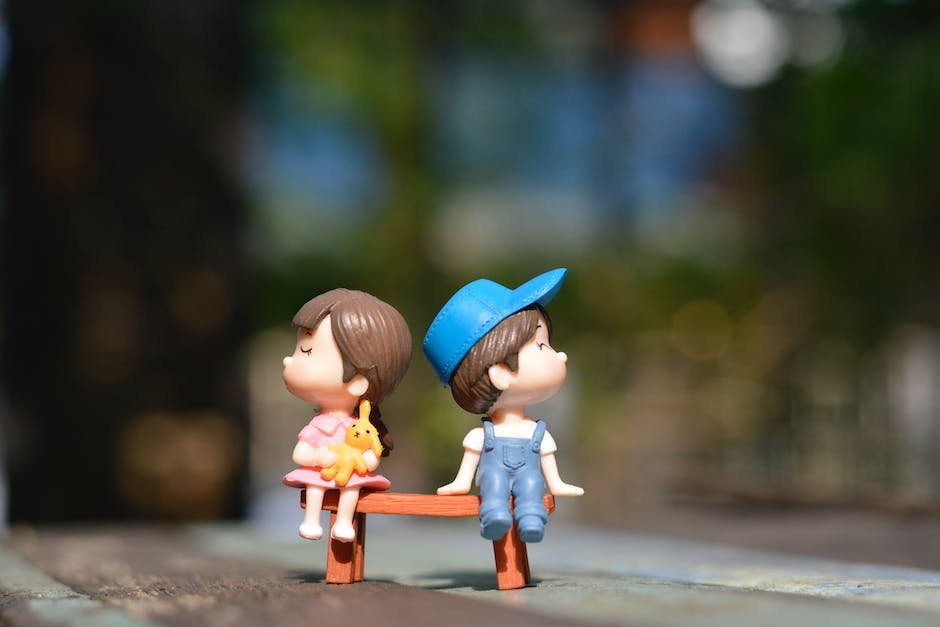
Despite the challenges that toy hoarding in autism poses, it’s vital to underscore that the path to change demands understanding, compassion, and unwavering support. Throw no judgment, only love. Remember, your autistic child does not hoard toys to create chaos but to seek a sense of order and security in their world. The strategies addressed in this article, if applied with love, patience, and consistency, can aid in easing the hoarding tendencies, but most importantly, they let your child know they are accepted and loved just as they are. As you traverse this journey with your child, may your bond deepen, and together, forge a path towards comfort and happiness, strewn less with toys and more with understanding.




